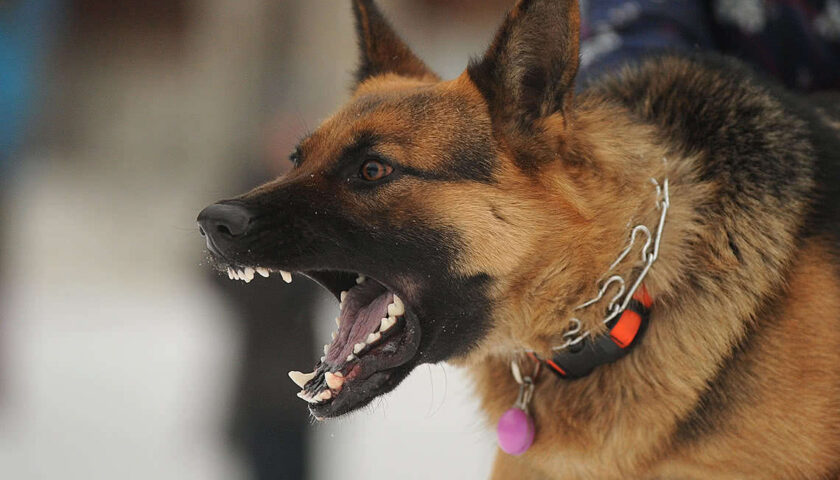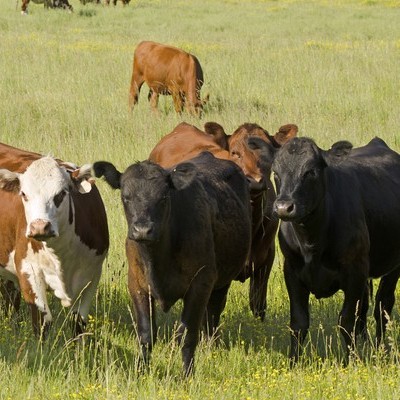Epivag
Common Names:
Infectious epididymitis, Cervici-vaginitis
A disease characterized by vaginitis in cows and epididymitis in bulls occurs sporadically in eastern and southern Africa, where it is referred to as epivag
Epivag is a rare chronic venereal infection of cattle probably caused by a virus. It occurs in East and Southern Africa. In the 1930s the disease was rampant in Eastern and Southern Africa, prompting the creation of the world’s first national AI service to control it in Kenya. It has now become sporadic and reports are unusual.
The infection is spread by coitus or contaminated obstetrical (veterinary) equipment.
Signs of Epivag
- Epivag is characterized by enlargement and induration of the epididymis in the bull and vaginitis, cervicitis and endometritis in the cow.
- Only exotic cattle are affected. Indigenous African cattle possess a high natural resistance and signs of Epivag in them are rare. Imported exotic cattle and their crosses have little resistance.
- Affected bulls have enlarged and distorted testes. The lesions take 3-6 months to develop and sometimes longer. Enlargement of the head and tail of the epididymis occurs. Often both epididymses are affected. Bulls are at first infertile and then sterile. The semen is affected before clinical signs are apparent. The volume is reduced, the appearance is watery and floccules of mucus appear.
- The incubation period in cows lasts only a few days but the infection persists for months. In cows, the clinical signs vary from slight reddening of the vagina with little or no discharge to severe inflammation of the inner lining of the vagina, cervix and uterus with profuse thick yellowish discharges. Infection usually persists for several months in cows with most of them recovering while a few may become permanently sterile.
Diagnosis
- Diagnosis is based on the herd history, the clinical signs, and the semen examiniation. Lesions in the female are difficult to assess in the absence of the disease in the male.
Diseases with Similar Symptoms
- The clinical signs in the female are easily confused with those of Infectious Pustular Vulvovaginitis. Lesions in Epivag, however, persist for many weeks.
Prevention and Control
- Use of artificial insemination with semen from clean bulls is an effective control measure. All affected bulls should be slaughtered (or not used for reproduction).
Recommended treatment
- Because the specific cause is uncertain, no attempt should be made to treat the bulls, but cows can be treated symptomatically by a veterinarian and then later inseminated.
- The widespread use of artificial insemination using semen from clean bulls has brought the disease under control dramatically in Eastern and Southern Africa.
- Otherwise it is recommended to use indigenous breeds that possess a high natural resistance and rarely get infected





